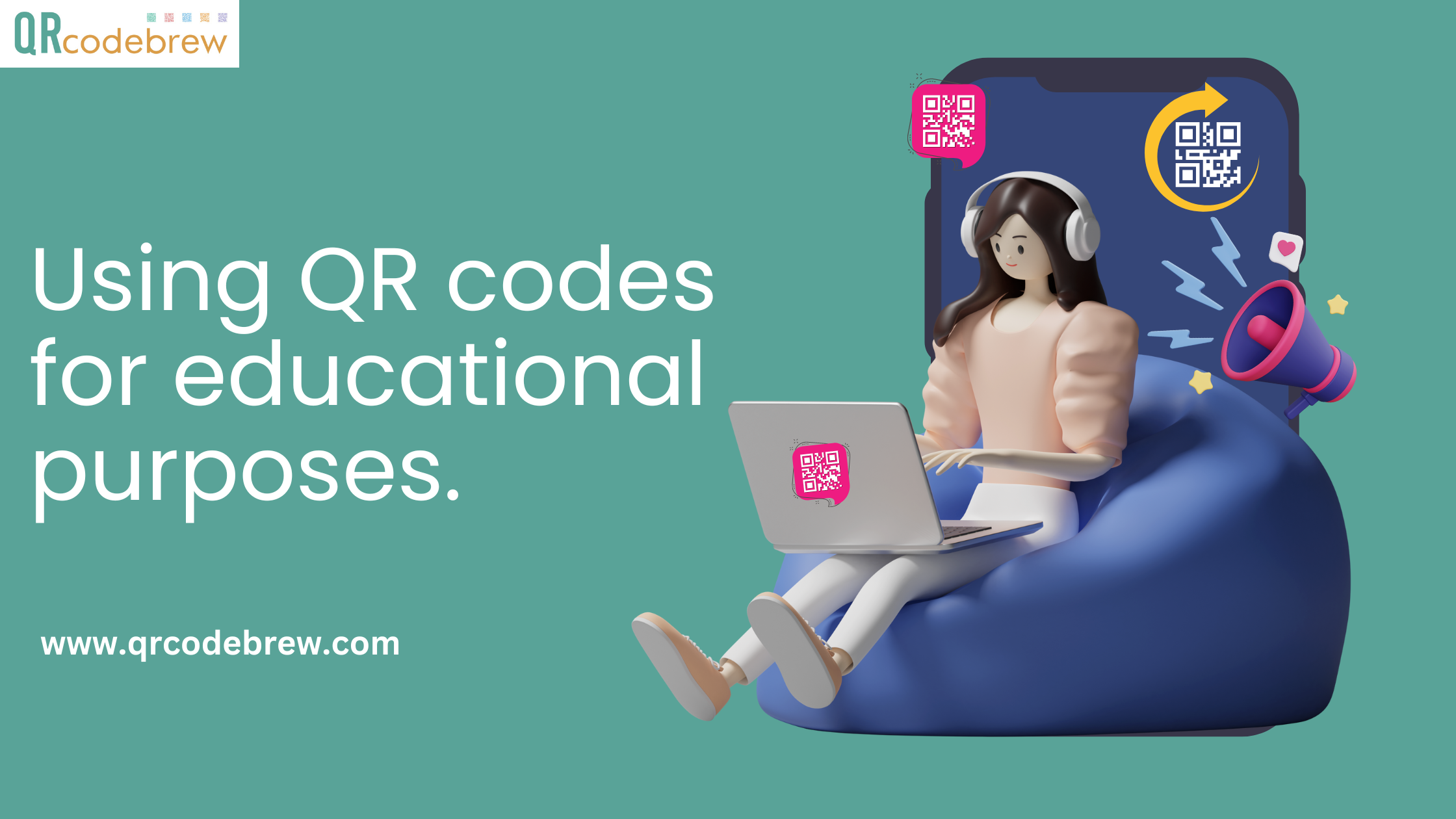In the digital age, where information is at our fingertips, educators constantly seek innovative ways to enhance the learning experience. Enter QR codes, the unassuming black-and-white patterns transforming classrooms and educational settings worldwide. QR codes have emerged as powerful educational tools, from interactive textbooks to engaging assignments. In this blog, we’ll explore how educators can leverage QR codes to create dynamic and interactive learning environments with the help of QR code generators and a touch of creativity.
QR Codes in Education: A New Paradigm of Learning
Gone are the days when textbooks and chalkboards ruled the classroom. With the advent of technology, education has undergone a profound transformation, and QR codes have played a pivotal role in this evolution. Here’s how QR codes on social media are reshaping education:
- Interactive Textbooks: Traditional textbooks are static, but QR codes breathe life into them. Students can access supplementary materials like videos, audio clips, or additional reading materials by embedding QR codes in books. This transforms learning from a one-dimensional experience into an immersive journey.
- Engaging Assignments: QR codes add an element of excitement to assignments. Instead of submitting traditional essays, students can create QR codes that link to their digital presentations, videos, or online projects. This not only encourages creativity but also leverages technology to showcase their work.
- Virtual Field Trips: Travel restrictions and logistical challenges needn’t hinder exploration. Teachers have the option to lead their students on virtual excursions. I enjoy visiting museums, exploring historical sites, and traveling to distant countries with the help of QR codes. Scanning a QR code can transport students to immersive virtual experiences, making learning geography and history come alive.
- Instant Access to Resources: QR codes eliminate the need for students to write down URLs or search for resources. A quick scan can lead them to online research articles, educational websites, or digital libraries, streamlining information-gathering.
Leveraging QR Code Generators for Educational Excellence
Integrating QR codes into the classroom may seem daunting, but it’s made much simpler with QR code generators. These user-friendly tools allow educators to create QR codes without coding knowledge. Let’s see how they can be harnessed for educational purposes:
- QR Code Guides: Reputable QR code generators often come with guides and tutorials tailored to educators. These guides walk teachers through creating QR codes for various educational applications.
- Create QR Codes on Business Cards: Educators can infuse their business cards with QR codes, offering students and parents easy access to relevant resources, contact details, and even links to virtual classrooms.
- Social Media QR Code: Teachers can connect with students beyond the classroom by incorporating QR codes that link to their social media profiles. This encourages open communication and can be particularly beneficial for students seeking guidance.
- QR Code Generation for Brochures: Schools and educational institutions can use QR codes on brochures to provide prospective students and parents instant access to enrollment information, campus tours, and more.
- QR Code Paid Plans Pricing: While many essential QR code generators are free, educators may find value in opting for paid plans. These plans often provide advanced features, such as analytics and branding, enabling educators to tailor the learning experience further.
- QR Code Generator Support: The availability of reliable customer support is crucial when selecting a QR code generator support. Educators should opt for responsive customer assistance platforms, ensuring that technical queries are addressed promptly.
Empowering the Future of Learning
Education must keep pace with technology and innovation in a rapidly evolving world. With their capacity to infuse learning with interactivity and engagement, QR codes hold immense potential for educators. By leveraging QR code generators and exploring their many applications, educators can create dynamic learning experiences that transcend the confines of traditional classrooms.
Conclusion
As QR codes continue to evolve and adapt to the needs of educators and students alike, the future of learning looks brighter than ever. From interactive assignments to virtual explorations, QR codes are the key to unlocking a world of educational possibilities. Embrace the transformative power of QR codes in education and witness firsthand the revolution they bring to classrooms, campuses, and beyond.

